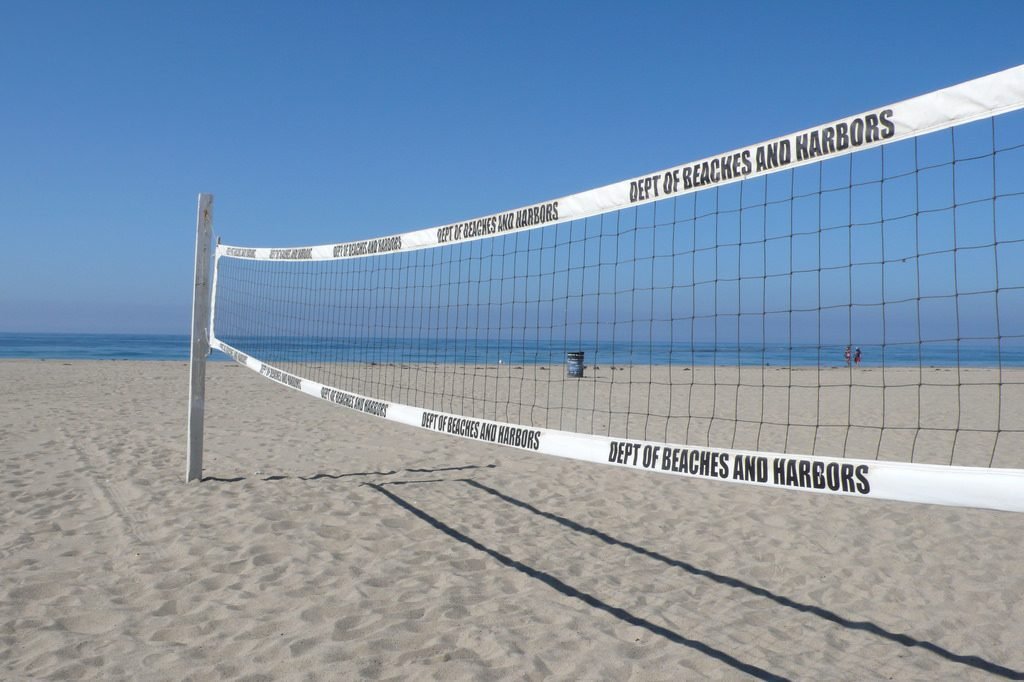
Introduction
Having the right kind of sand on your volleyball court is crucial for gameplay and safety. The sand cushions falls, allows players to dive without getting injured, and affects how the ball moves and bounces. This guide will walk you through how to choose the best sand for your indoor or outdoor volleyball court.
Sand Texture and Composition
The most important consideration is the actual makeup and texture of the sand. The ideal sand for volleyball has the following properties:
- Grain Size – The grains should be smooth and round and measure between 0.5mm to 1.8mm. This prevents the sand from getting too compact and allows it to flow freely. Angular sand grains with sharp edges are too abrasive.
- Porosity – The sand must have spaces between the grains to allow for drainage and shock absorption. The porosity should be about 30%.
- Compactability – Good volleyball sand becomes semi-compacted with use. It shouldn’t be too loose or too tightly packed. Properly compacted sand will form a ball imprint when bounced on.
- Minimal Dust and Organic Materials – Dust, shells, leaves, etc can alter gameplay characteristics. Choose sand with at least 98% silica content and minimal contaminants.
Different Sand Options
There are a few types of sand to consider for your volleyball court. Each has their own sets of pros and cons.
- Masonry Sand – Very fine builder’s sand with a smooth texture. However, it tends to compact too densely for volleyball.
- River/Beach Sand – Naturally smooth and round grains, but the quality depends heavily on the source. May have too many impurities.
- Sand Made for Sandboxes – Manufactured sand made for play areas. Could work well, but test quality and texture first.
- Commercial Volleyball Sand – The best option, as companies specially engineer it for volleyball. Ensures optimal size, shape and consistency.
Sand Depths
The depth requirements depends on the court location:
- Outdoor courts – Need a deeper sand layer of at least 4 to 6 inches to allow for drainage and prevent compaction.
- Indoor courts – Since they are protected from the elements, you only need 2 to 3 inches over the hardcourt surface.
Maintenance
Proper maintenance preserves playability. Perform regular grooming and till the surface to prevent compaction. Add thin layers of new sand whenever the depth decreases significantly in high traffic areas.
Installing the Sand
To install the sand foundation:
- Level and clear the court area if outdoors. Ensure proper drainage slopes.
- Lay down geotextile fabric to prevent weed growth if outdoors.
- Create a shallow retaining boundary using solid barriers.
- Pour in sand evenly across the court.
- Use a rake, grader or machine to smooth and level. Compact lightly.
- For an indoor court, first roll out an impact protection pad before adding sand.
Conclusion
Choosing the correct sand and caring for your court ensures that players get safe, high-quality gameplay that feels comfortable and predictable. Test different sands to find one best suited to your climate and players. With an optimized sand foundation in place, you can look forward to many seasons of competitive and recreational volleyball on your home court.






